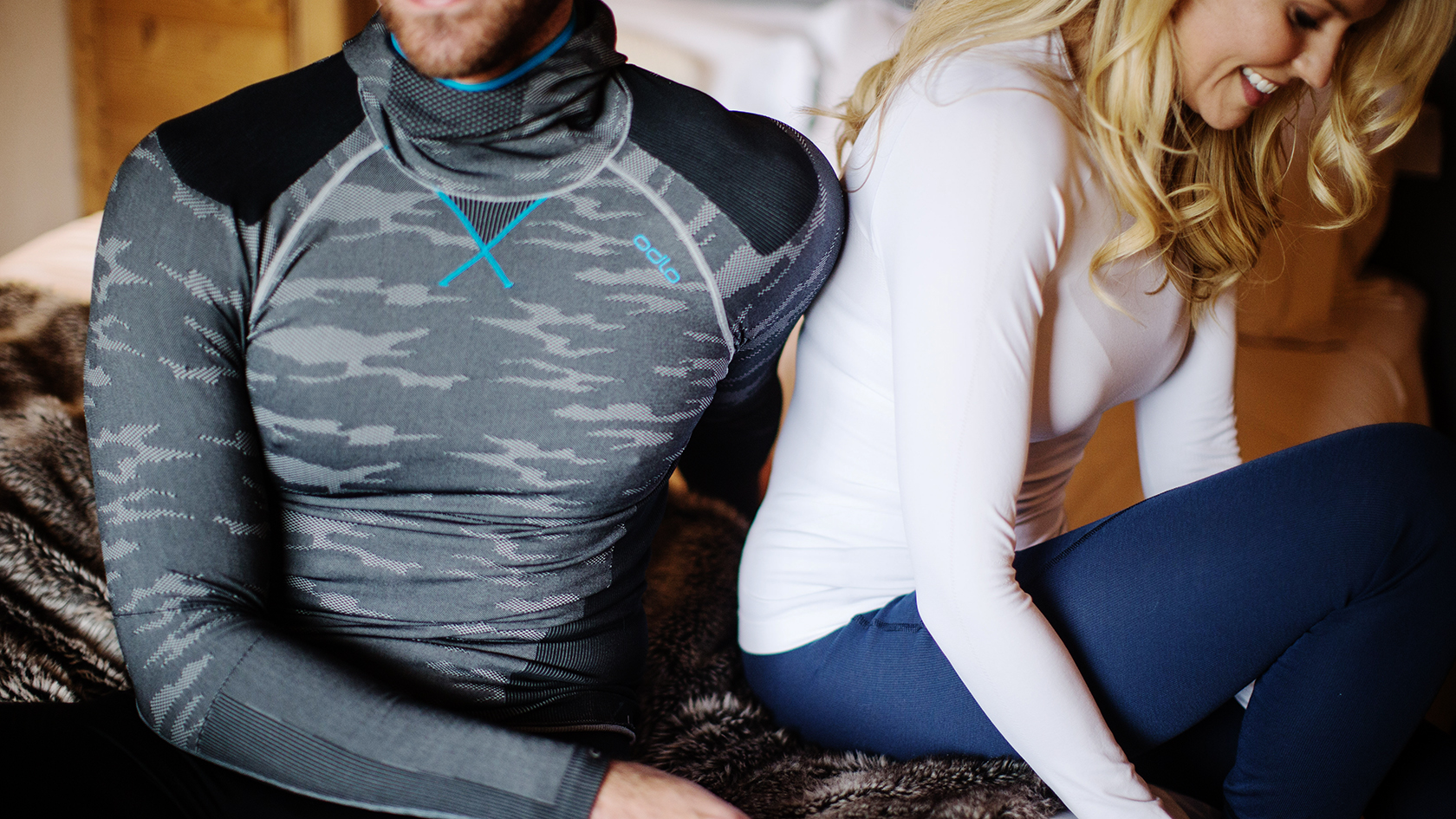Base Layer Buying Guide
What Base Layer Should I Buy?
What is a Base Layer? A Base Layer is a layer worn next to your skin that provides an effective means of protecting your core temperature, helping to keep the surface of your skin dry, and reducing friction and chafing - all of which can improve your comfort, enjoyment, performance, and safety when adventuring outdoors. Base layers are vital because whether you're exercising in warm or cold conditions, the surface of your skin can undergo many changes very quickly. To help you choose the best base layer for your pursuit this season, we've compiled this expert guide on finding the perfect base layer for you.
Base Layer Materials
The materials and fabrics used in base layers are integral to the intended activity, climate, duration and intensity they were made to undertake. Ensure you pick the baselayer designed for you and your activities by taking a read of popular baselayer fabrics:
Tip: Synthetic base layers are particularly effective for high-paced activities where you are likely to get sweaty and need your layers to wick away moisture and dry fast.
Sourced from the Merino sheep, Merino Wool is a great base layer material. Extremely warm, brilliantly breathable, and oh-so-soft and comfortable against your skin, merino wool base layers are a fantastic choice for cold and warm climates. Merino wool is also naturally anti-bacterial, resisting odour even after multiple wears without washing.
Tip: Merino wool is fantastic for low-pace activities and cold climates. Its anti-bacterial qualities prove useful when laundering is not an option.
Some base layer manufacturers take a synthetic fibre and blend it with a natural fibre like merino wool. This process combines the beneficial qualities of both materials. The result is a hardwearing, quick-drying, breathable, and warm hybrid base layer. It is then possible to change the ratio of the blend until the quantities of each material are fine-tuned to suit a specific activity or climate.
Tip: Diverse and adaptable, hybrid base layers perform well as a single-wicking layer in warmer conditions.

Base Layer Features & Benefits
Once you know what material suits your needs, you can look at the features you want your base layer to have. From hot days to sub-zero mornings, discover the many ways base layers can keep us comfortable and protected:
Moisture Wicking
One of the most important characteristics of a base layer is its ability to wick away moisture. Like the wick of an oil lamp, this process involves the fibres of the base layer pulling sweat away from your skin's surface before passing it along its length to move away onto the next layer of clothing or to be dispersed. This technology keeps your skin dry and at a regular, comfortable temperature.
Low Friction
As your base layer will sit directly against your skin, base layers are made from smooth fibres to generate very little friction. Many base layers utilise ‘flat-lock seams’ to give stitches a low profile to avoid scratching and itching. Some base layers also avoid having seams over the shoulders to minimise the friction from rucksack straps or under the flanks for additional comfort.
Ventilation
When working hard in warm conditions, a gentle through-flow of air is always appreciated. Zip necks are one way to customise the level of ventilation, as are thinner pieces of perforated material that cover the underarms or along the spine. Aerating features keep your temperate consistent, rather than getting hot and sweaty during activity and damp and chilled when stationary.
Breathability
Breathability is different to ventilation, referring to the ability of a material to allow sweat vapour to pass through the fibres. If a material is not breathable, then every molecule of water vapour expelled from your skin would be trapped, like condensation against a window. Synthetic materials are very good at breathing efficiently, absorbing little water and drying quickly.
Weight
Base layers are made in a variety of densities and thicknesses. Generally speaking the colder the conditions the warmer and thicker you will need the layer. However, the type of activity you're undertaking is also fundamental to this requirement. If you're working hard in the extreme cold, we suggest using a thinner layer than if you are stationary in milder conditions.
Accurate Fit
Base layers are like a stretchy second skin - and like your skin - they should follow the contours of your body and move with you through a range of actions. You don't want your base layer to be too baggy or feel too restrictive: If it is too tight, the seams will rub, causing fibres to rip open. Too baggy, and all that warm air will easily escape.
Base Layers For All Occasions
Although base layers for the torso are the most common, the materials used and the theory involved are the same all over the body. For example, legs work hard and take up a large surface area, so base layer trousers and pants ensure they stay warm, dry and comfortable. In addition, gloves, headwear, and thermal pants can all keep you cool, comfortable, and your temperature regulated - so you can enjoy the comfort of a base layer everywhere.

Click below to discover more from our incredible range of bestselling base layers...
Related articles

Let us know you agree to cookies
We use marketing, analytical and functional cookies as well as similar technologies to give you the best experience. Third parties, including social media platforms, often place tracking cookies on our site to show you personalised adverts outside of our website.
We store your cookie preferences for two years and you can edit your preferences via ‘manage cookies’ or through the cookie policy at the bottom of every page. For more information, please see our cookie policy.




